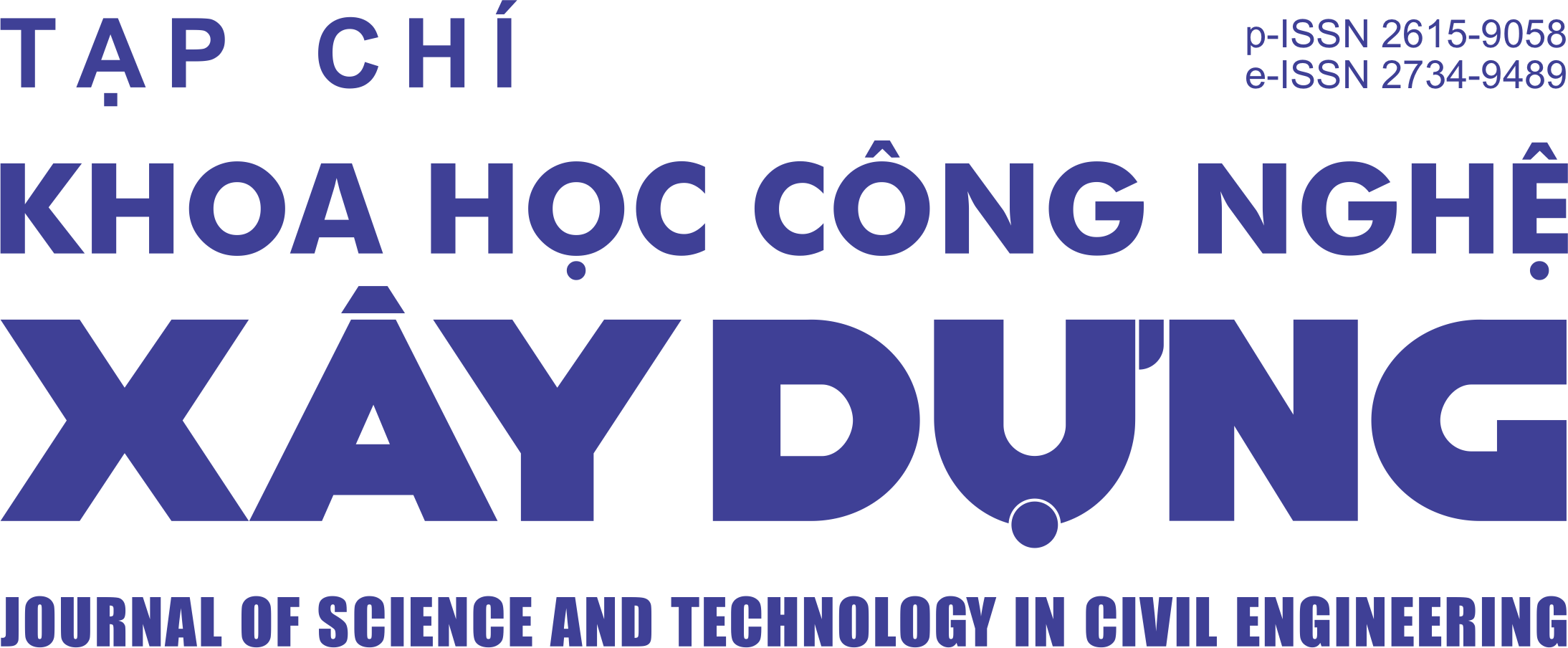Numerical investigation on behaviour of mooring line system for container ship at berth
Abstract
The constant growth of the world’s maritime industry has led to the need to increase the size of ships as well
as accelerate the trend of moving ports to open sea areas and outside estuaries. Increasing the size of ships,
especially container ships, has the potential to cause unsafe ship anchoring in ports. Furthermore, the mooring
of ships at the harbor also lacks international guidelines on the layout of the mooring system. Meanwhile, relocating seaports outside estuaries and open seas can create conditions for high winds, high tidal fluctuations
and strong currents to penetrate the port basin. This paper presents a study using the MIKE 21 MA numerical
model to determine the most optimal mooring layout for a container ship as well as clarify the influence of
factors (wind, current, water level and ship’s draft) on the tension force of the mooring lines. The most optimal mooring layout in the study scenarios was uncovered from the simulation results. In addition, wind was
identified as the factor with the greatest influence on the tension force of the mooring system.
Downloads
Copyright (c) 2024 Hanoi University of Civil Engineering

This work is licensed under a Creative Commons Attribution-NonCommercial-NoDerivatives 4.0 International License.
1. The Author assigns all copyright in and to the article (the Work) to the Journal of Science and Technology in Civil Engineering (JSTCE) – Hanoi University of Civil Engineering (HUCE), including the right to publish, republish, transmit, sell and distribute the Work in whole or in part in electronic and print editions of the Journal, in all media of expression now known or later developed.
2. By this assignment of copyright to the JSTCE, reproduction, posting, transmission, distribution or other use of the Work in whole or in part in any medium by the Author requires a full citation to the Journal, suitable in form and content as follows: title of article, authors’ names, journal title, volume, issue, year, copyright owner as specified in the Journal, DOI number. Links to the final article published on the website of the Journal are encouraged.
3. The Author and the company/employer agree that any and all copies of the final published version of the Work or any part thereof distributed or posted by them in print or electronic format as permitted herein will include the notice of copyright as stipulated in the Journal and a full citation to the Journal as published on the website.







